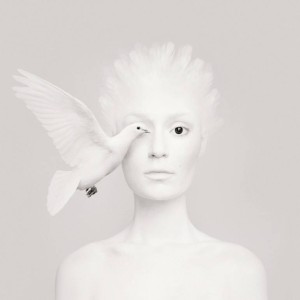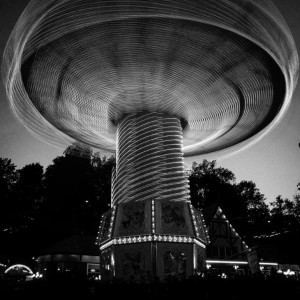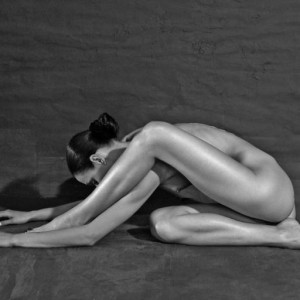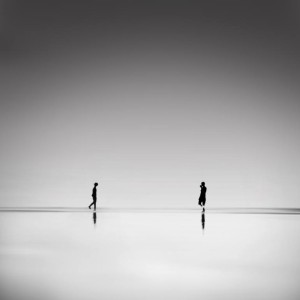The Basics of Black & White Photography You Should Know
March 15, 2016Posted by Chelsea Jones
The rise of black and white photography began with the invention of the medium in the early 1800s when Thomas Wedgwood developed silver nitrate paper that captured images produced by camera obscura. During the 1820s and 30s, Louis Daguerre worked with Nicephore Niepce to produce the first tangible photographs, eventually developing the daguerreotype process in 1839.
By 1884, portable film replaced glass plates, and soon thereafter, the first Kodak cameras were sold. As cameras and film became more accessible to the public, black and white photography advanced both inside and outside the studio.
One of the best known black-and-white photographers is Ansel Adams, considered the grandfather of 20th century landscape photography with his images of the American West. Photographers such as Eugége Atget, Lewis Hine, and Dorothea Lange pioneered documentary photography, capturing social and cultural landscapes of the late 19th and 20th centuries.
Black and white photography also lends itself to cinematic and narrative compositions, seen in Cindy Sherman’s “Untiled Film Stills” (1977-1980). Other artists recognized for their landmark photography include Man Ray, Diane Arbus, Robert Mapplethorpe, and Henri Cartier-Bresson.
Artists today continue to experiment and invent new ways to use black and white photography.
Browse our selection of contemporary black and white photography by artists from all over the world.
Love reading about all things art? You can have articles from Canvas, curated collections and stories about emerging artists delivered straight to your inbox. Sign up for the Saatchi Art Newsletter.
About the Author
Chelsea is the Marketing Associate at Saatchi Art. She likes Neoclassical art, text messaging, and that's pretty much it. Find her Tweeting @saatchiart, and Instagramming @saatchiart
About Art History 101
Learn about the artists, movements, and trends behind your favorite styles of art—from Classical to Contemporary, and hitting everything in between, including Street Art, Pop Art, Impressionism, and Abstract Expressionism.











